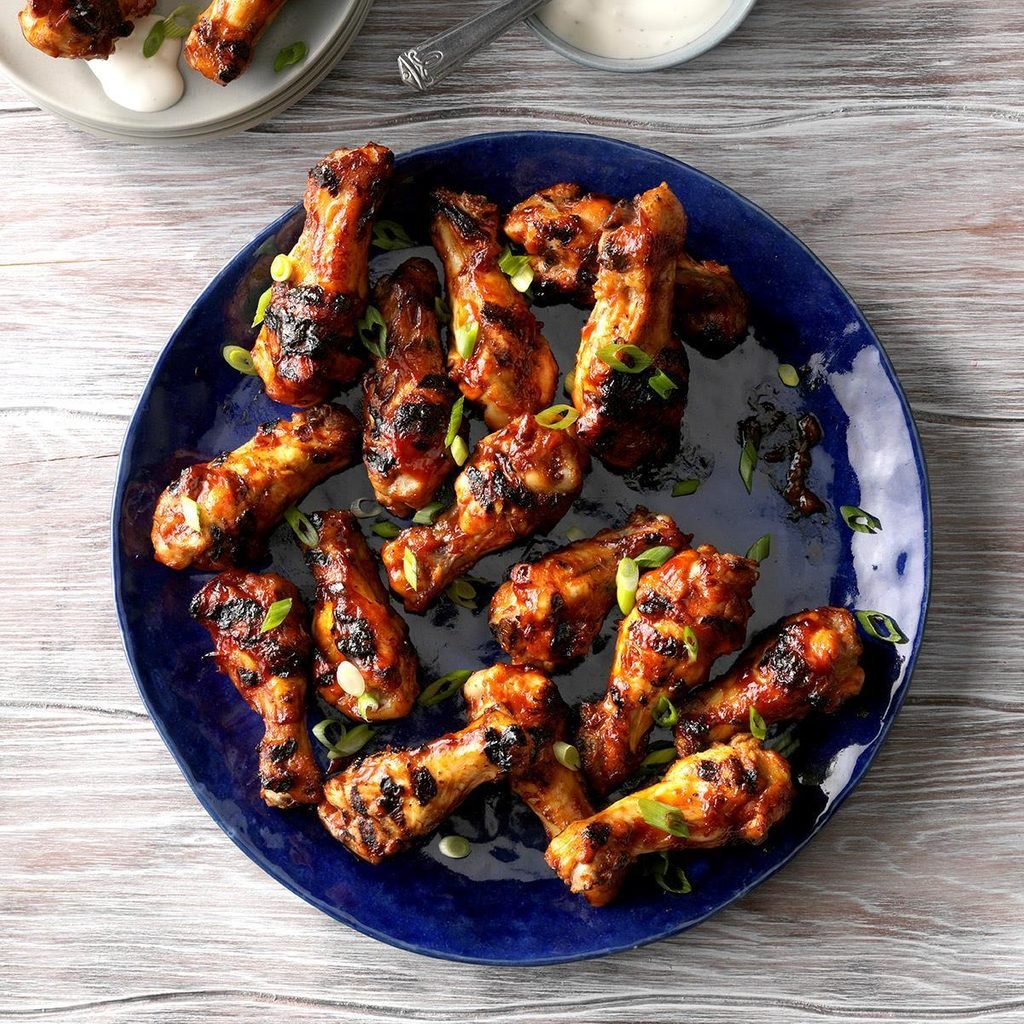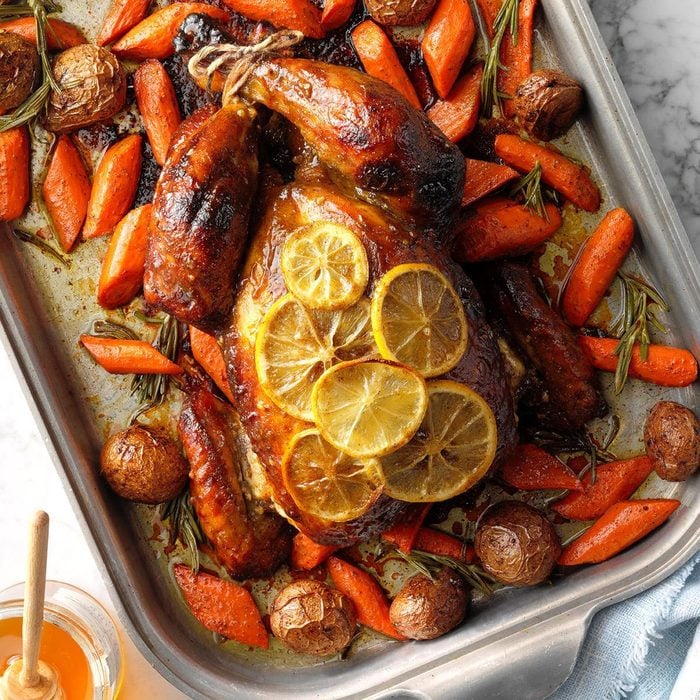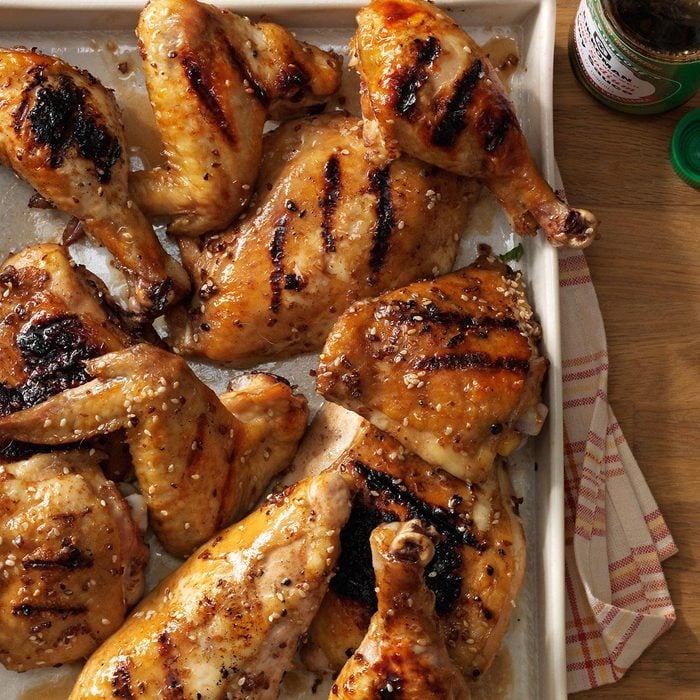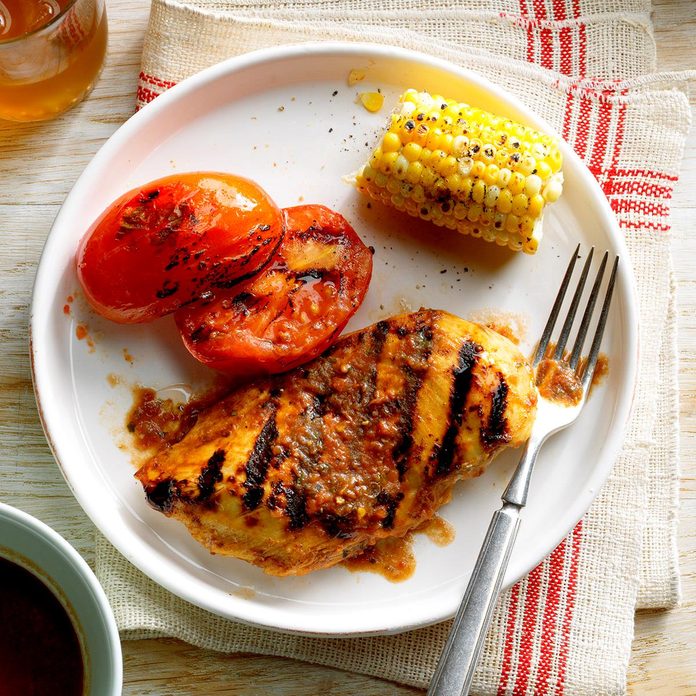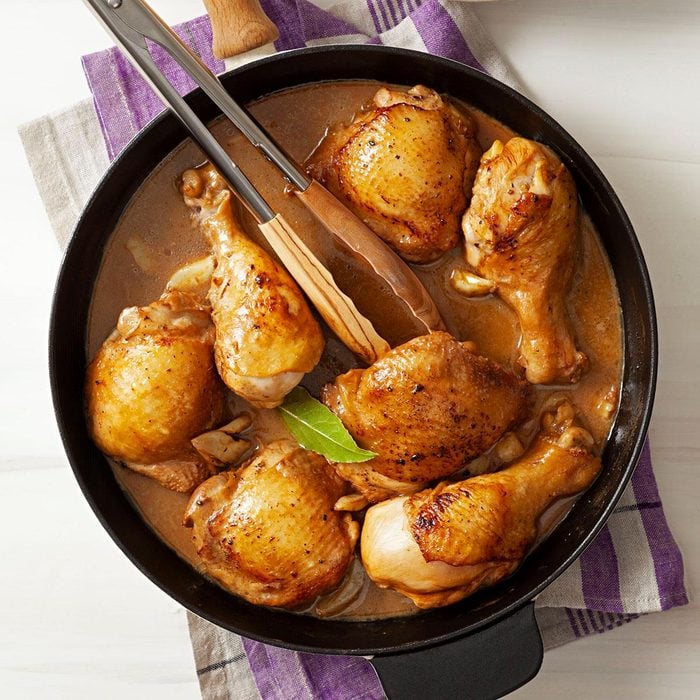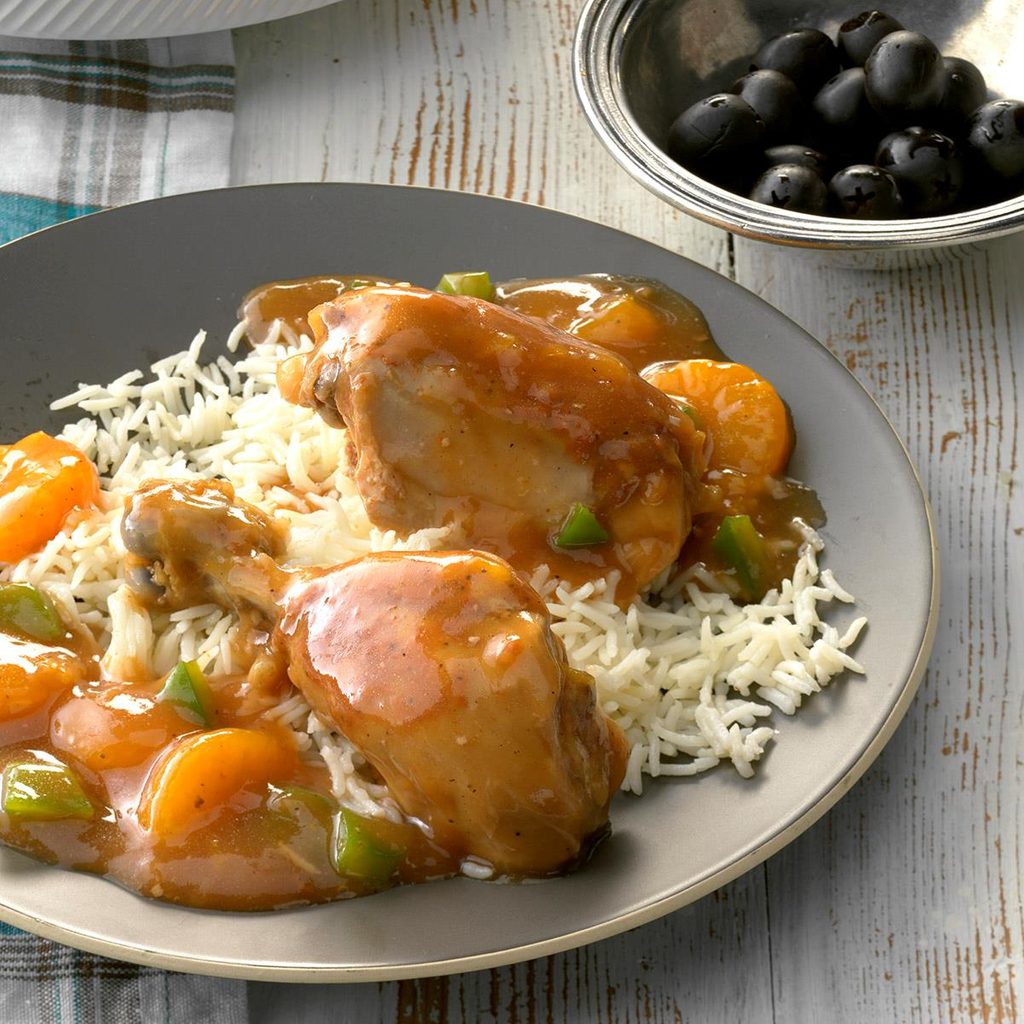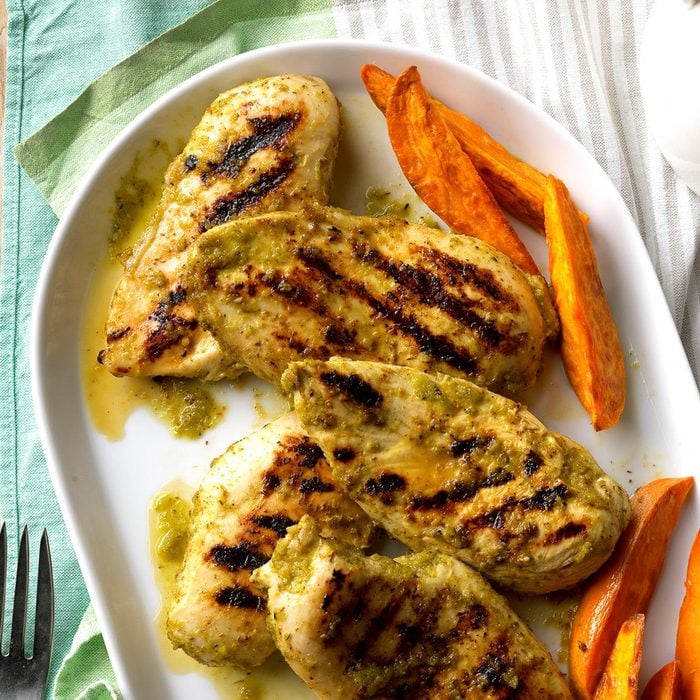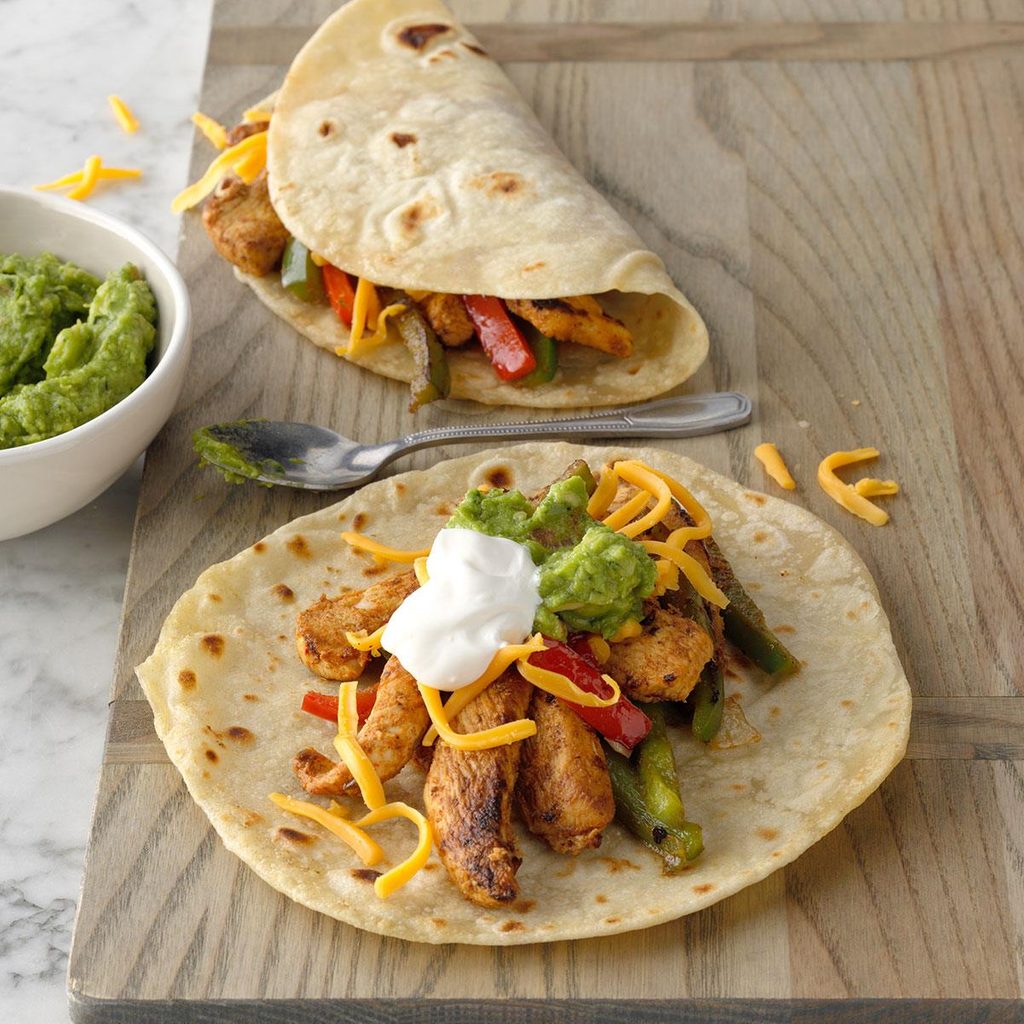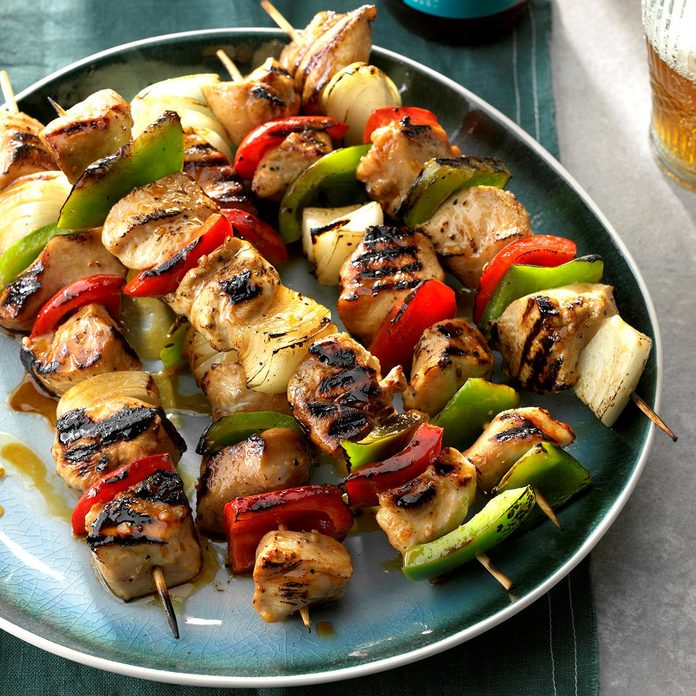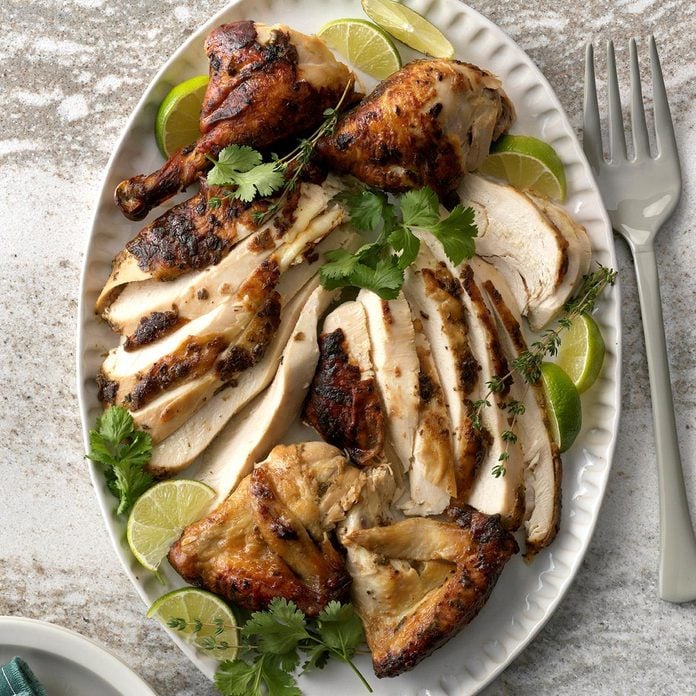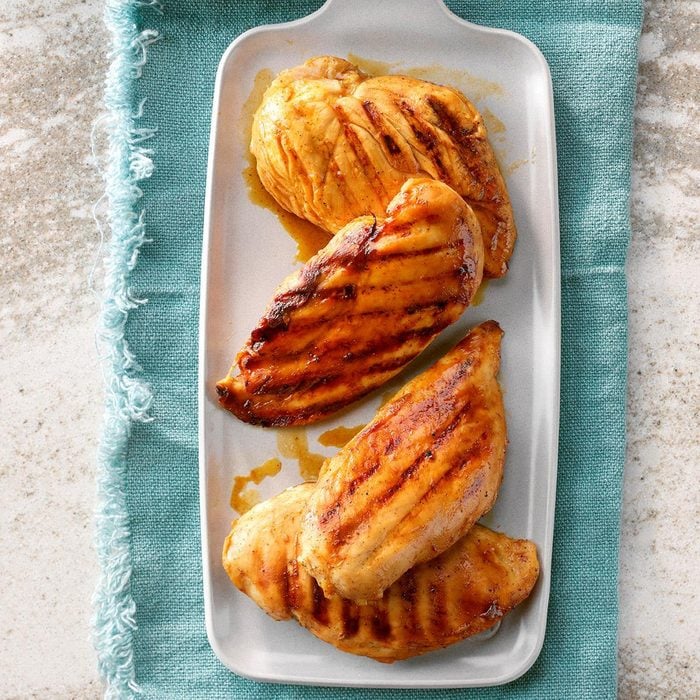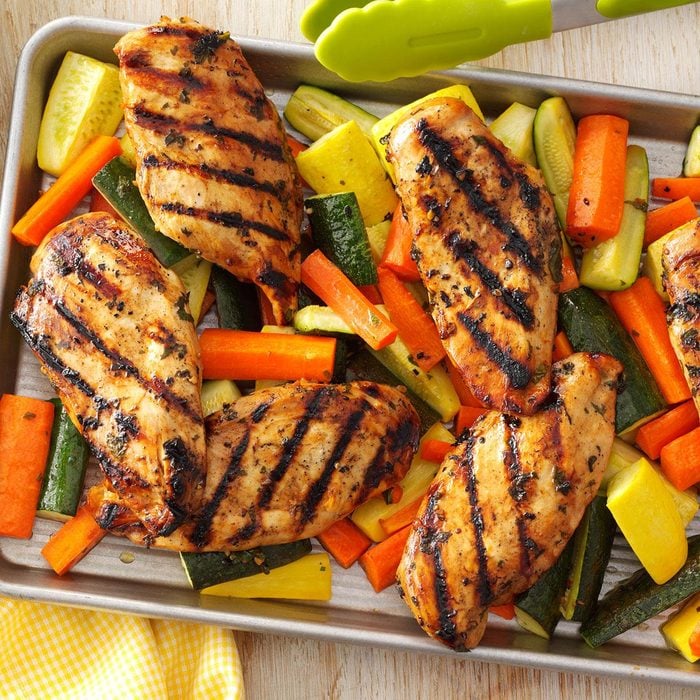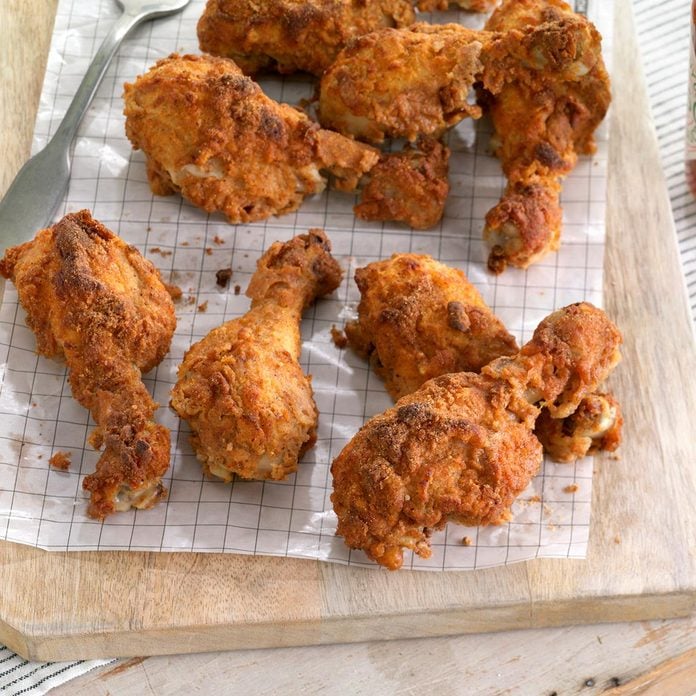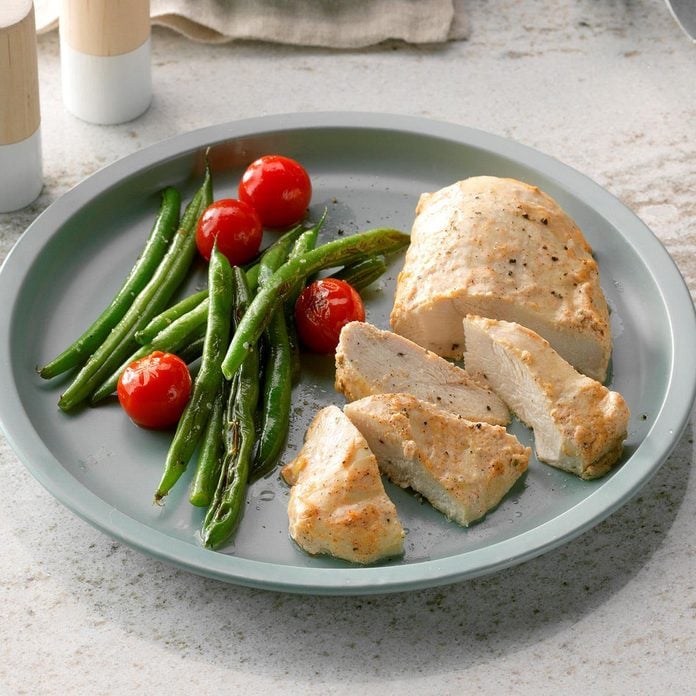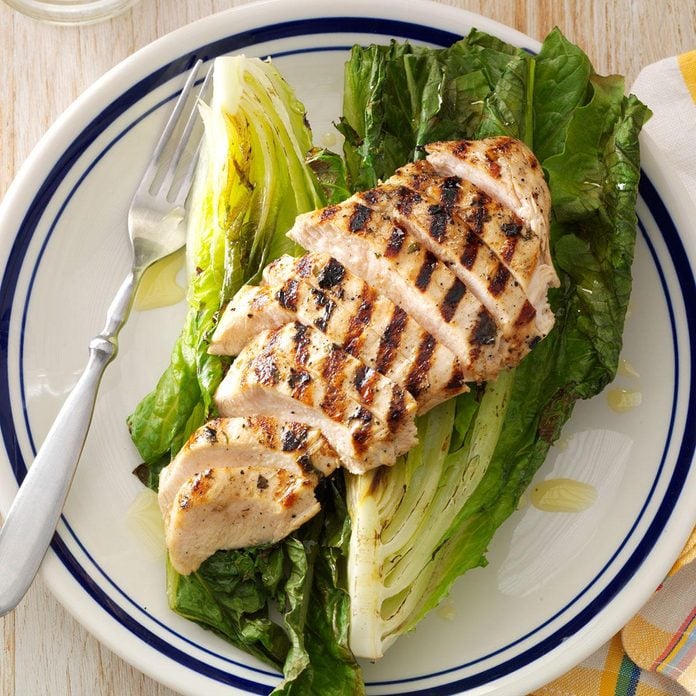How to Make a Marinade
Updated: Mar. 19, 2024
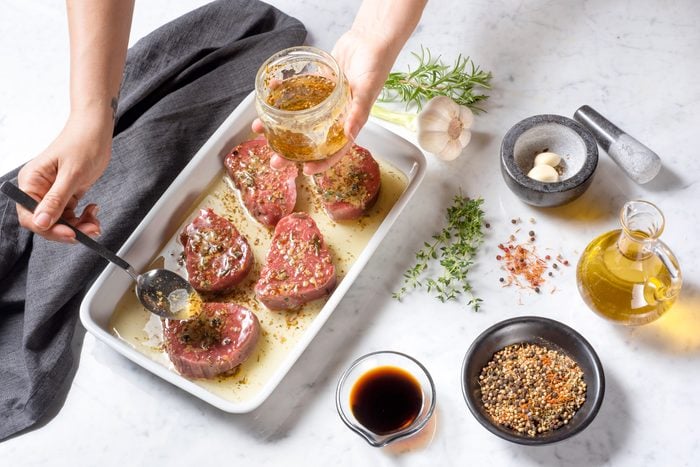
Learn how to master the basic building blocks of a successful marinade.
A fantastic grilled dish, like grilled marinated ribeyes, starts with a fantastic marinade—but too many people begin with bottled sauces and dressings. The result: Every steak tastes the same. Why follow the crowd when it’s so easy to make your own marinade? There are three basic elements that go into a great marinade; once you know how they work together, you can create your own delicious blends for your own signature dishes.
The Secret to a Homemade Marinade
So, what are the basic elements? Simple:
- Fat
- Acid
- Flavor
There’s also a fourth—sweetness—that gets its own separate honorable mention, but let’s start with those three.
Fat
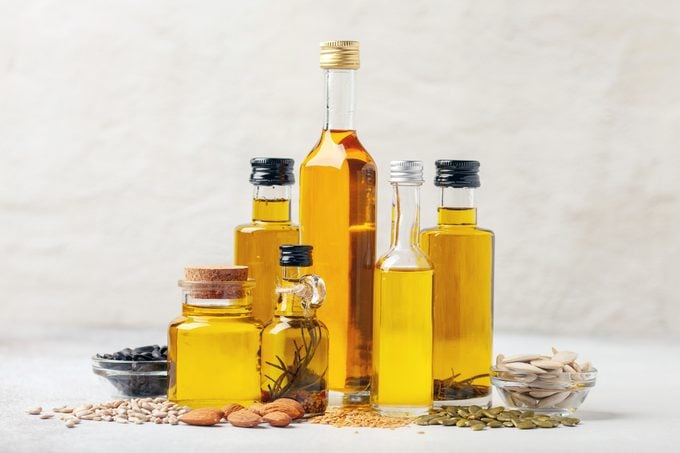
For fat, read oil. You want your marinade to get on all the surfaces of your meat. Oil holds everything together, clings to the meat and ensures even coverage. Oil also becomes infused with the flavors that you add, so the flavors cover the entire cut of meat, even if the individual flavor elements clump.
When it comes to your oil, don’t be tempted to overspend. The appeal of most of the expensive oils is the delicacy of their flavor—and that won’t stand up to the heat of the grill. Go with basic extra-virgin olive oil or canola oil. Learn which oil is best for your next recipe.
Acid

Acid is one of the flavors our Test Kitchen experts use to take a dish from good to great. You can use vinegar, citrus juice, wine or dairy. Dairy is actually one of the only acids that will tenderize meat; otherwise, keep in mind that marinade is about flavor.
An acid—whether it’s lemon juice, balsamic vinegar, beer or sour cream—adds a bright, tangy note to your marinade. When mixing up the base, you’ll need about 3 parts oil to one part whatever acid you’re using—pretty much the same ratio as for a homemade vinaigrette.
Flavor
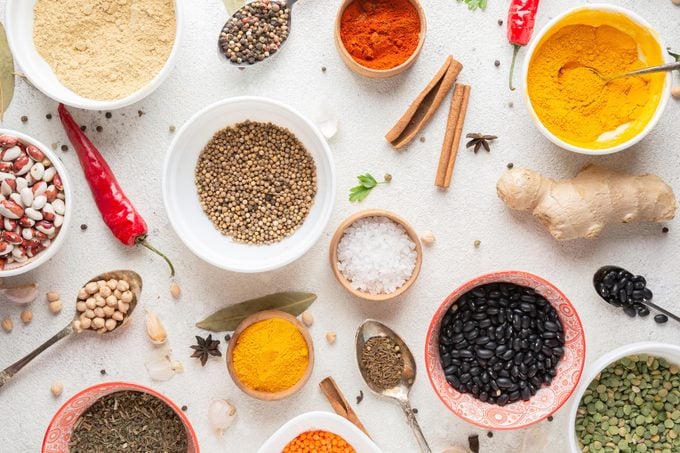
Seasonings and spices come next. It’s tempting to throw everything into a marinade, but too much spice can kill your dish. Choose a few central ingredients that will complement each other and enhance the flavor of whatever it is you’re marinating. Here are some food and spice pairings every cook should know.
When adding your seasonings, remember to go light on the salt. Salt pulls out moisture from meat and poultry, and the longer it sits in a too-salty marinade, the more likely to have a dry piece of meat when you’re done.
Sweetness
You can also play around with sweetness, adding ingredients like honey, molasses or sugar. Sweet marinades can make a lovely crunchy, caramelized crust. Just remember that sweet will burn more quickly than not-sweet, so keep an eye on your grill.
Directions
Making a marinade is simple. In a bowl, whisk your fat and acidic ingredients together. Add your choice of seasonings. Then, place you meat in a zip-top bag, pour in the marinade and seal it up. Shake to coat all sides of the meat. Place in the fridge until ready to grill.
How Long to Marinate Different Meats
Just like how the techniques for cooking different meats vary, so does the marinating time.
Chicken: For best flavor and texture, it’s recommended to marinate chicken for 5 to 6 hours.
Beef: Beef needs a bit longer. It’s recommended to marinate beef for 12 to 24 hours.
Pork: For best flavor and texture, marinate pork for at least 1 hour and no more than 24 hours.
Lamb: Marinate lamb for at least 6 hours and no more than 24 hours.
Tips on How to Make a Marinade
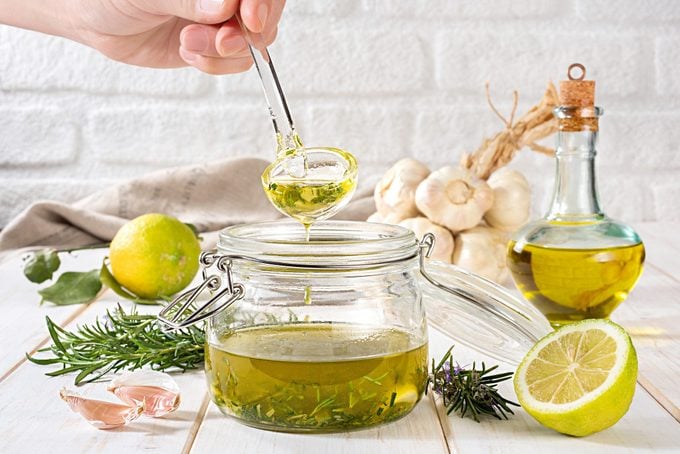
Once you’ve built your marinade, it’s pretty clear sailing. But there are also a few rules that you should remember.
Add Herbs
As with so many other cooking processes, fresh herbs are great for this—basil, mint, rosemary, sage. Choose an herb or herb mix that goes well with the meat you’re flavoring. Use a full handful, and chop it up to release the flavors. Need some advice on what goes with what? Check out our guide to cooking with fresh herbs.
Add Garlic
Technically, garlic belongs under “flavor.” But it really deserves its own category. Garlic is good. More garlic is better. Depending on how much bite you like your food to have, you can use anywhere from a couple of cloves to a whole head of garlic and get great results. Garlic is magic food, and it belongs in practically every marinade. Onions are a good addition too, as are shallots. So don’t be shy!
Don’t overdo it
Leaving a piece of meat in a marinade too long does not make it tender—it makes it mushy. Keep in mind—the more acidic the marinade, the less time it should soak. Vegetables shouldn’t be left to marinate for more than 30 minutes, and just 10 minutes will do it for fish and soft veggies like zucchini and summer squash. Depending on the acid used, it can actually start to cook (or cure) fish and seafood if left too long, and soft veggies can absorb too much liquid and become mushy.
Keep it cool
If you cooked your marinade (not necessary, but sometimes it can help to blend the flavors), let it cool before pouring it over your meat. And while the meat is soaking, keep it in the refrigerator. If you want to speed the process of marinating beef, pork or lamb (which take longer to marinate properly), bring them to room temperature, coat them with the marinade, and then massage it in. But you don’t want to leave your meat sitting out at room temperature for hours. And on a related point…
Do not keep your used marinade
This is important. Once your meat is done soaking in a marinade, throw that marinade away—it is not safe to use. When you first make the marinade, divide it in half and save half to use for basting or making a pan sauce. Also check out how to make the best steak marinade.
Ditch the aluminum
Aluminum is a reactive metal and is not suitable for marinating. Always go for a nonreactive container: stainless steel, plastic or glass. A resealable plastic bag is great for marinating—it’s plastic, so it’s nonreactive, it keeps the raw meat safely contained, and it lets you turn the meat in the marinade without mess.


